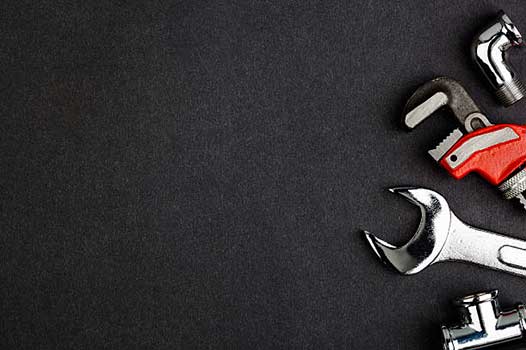Here we will discuss the process of sealing plumbing pipes under your sink. Whether you are a homeowner or a DIY enthusiast, understanding how to properly seal plumbing pipes is essential to prevent leaks and maintain the efficiency of your plumbing system. We will provide you with step-by-step instructions and valuable tips to ensure a successful sealing process. So, let’s dive in!
Why Is Sealing Plumbing Pipes Important?
Before we get into the process, let’s first understand why it is crucial to seal the plumbing pipes under your sink. The primary reason is to prevent leaks. Leaking pipes can lead to water damage, mold growth, and structural issues if left unaddressed.
Sealing the pipes also helps to maintain the proper functioning of your plumbing system. By creating a watertight seal, you ensure that water flows smoothly without any obstructions or wastage. This can improve the overall efficiency of your plumbing system and save you money on water bills in the long run.
Tools and Materials Needed
Before you start the sealing process, it is essential to gather all the necessary tools and materials. Here’s a list of what you’ll need:
- Plumber’s putty or silicone caulk
- Adjustable wrench or pipe wrench
- Teflon tape
- Bucket
- Cloth

Before you start the sealing process, it is essential to gather all the necessary tools and materials.
Step-by-Step Guide to Seal Plumbing Pipes Under Your Sink
Step 1: Turn Off the Water Supply
Before you start working on the plumbing pipes, it is crucial to turn off the water supply. Look for the shut-off valve under your sink and turn it clockwise until it stops. This will ensure that no water is flowing through the pipes while you work on them.
Step 2: Clear the Area
Make sure the area under your sink is clear from any obstructions. Remove any items stored under the sink to provide easy access to the plumbing pipes.
Step 3: Check for Leaks
Before proceeding with the sealing process, it is essential to check for any existing leaks. Inspect the pipes for signs of water stains, moisture, or dripping water. If you notice any leaks, address them before proceeding. If you can’t find the leak, consider contacting a professional leak detection service.
Step 4: Apply Plumber’s Putty or Silicone Caulk
Take a small amount of plumber’s putty or silicone caulk and roll it between your hands to create a rope-like shape. Apply the putty or caulk around the base of the sink drain and the areas where the pipes connect to the sink. This will create a watertight seal and prevent leaks.
Step 5: Reconnect the Pipes
After applying the plumber’s putty or caulk, carefully reconnect the plumbing pipes under your sink. Use an adjustable wrench or pipe wrench to tighten the connections securely. Make sure not to overtighten, as it can damage the pipes.
Step 6: Apply Teflon Tape
If you have threaded connections between pipes, it is recommended to apply Teflon tape to create a tight seal. Wrap the Teflon tape around the threads in a clockwise direction, ensuring complete coverage.
Step 7: Test for Leaks
Once everything is reconnected and sealed, it’s time to test for any leaks. Turn on the water supply and let the water run for a few minutes. Check for any signs of leaks or drips. If you notice any, tighten the connections a bit more or reapply the plumber’s putty/caulk if necessary.
Step 8: Clean Up
After ensuring that there are no leaks, clean up the area under your sink. Wipe away any excess putty, caulk, or water using a cloth. Dispose of any debris or old materials properly.
Tips for Sealing Plumbing Pipes
Here are some valuable tips to keep in mind when sealing plumbing pipes under your sink:
- Read the manufacturer’s instructions for the plumber’s putty or silicone caulk before application.
- Make sure to work in a well-ventilated area when using silicone caulk.
- Do not rush the sealing process. Take your time to ensure a proper and long-lasting seal.
- Regularly inspect the sealed pipes for any signs of leaks or damage.
- Consider using a pipe sealant or joint compound for metal-to-metal connections.
By following these steps and tips, you can effectively seal the plumbing pipes under your sink and prevent any potential leaks or water damage. Remember, if you feel unsure or encounter complex plumbing issues, it is always recommended to seek assistance from a professional plumber.
We hope this article has provided you with the knowledge and guidance you need to successfully seal plumbing pipes under your sink. Happy sealing!
